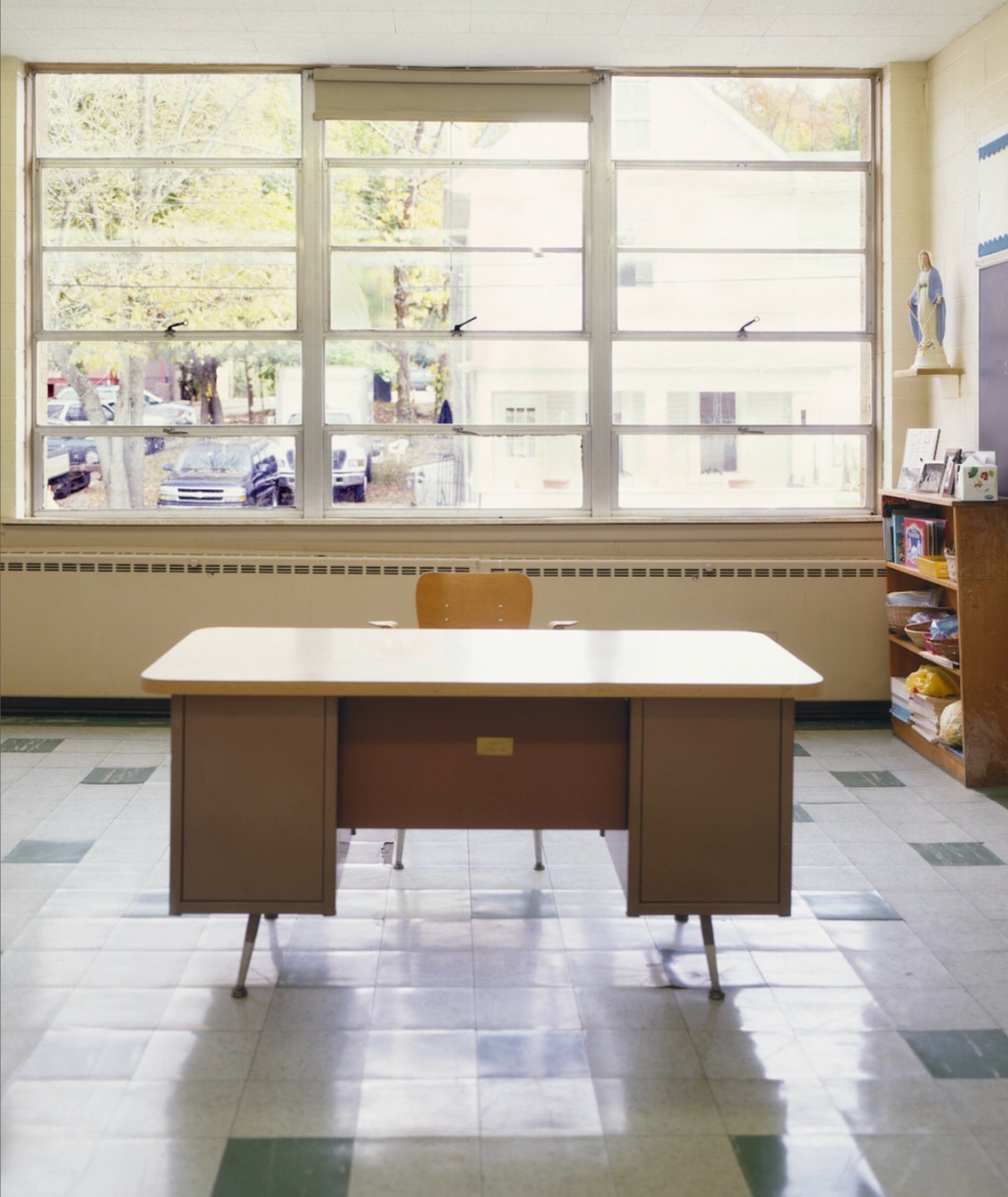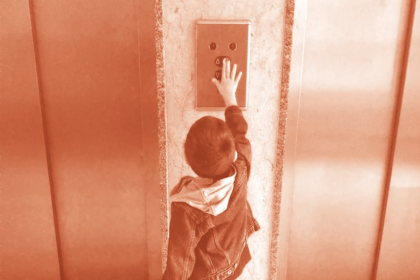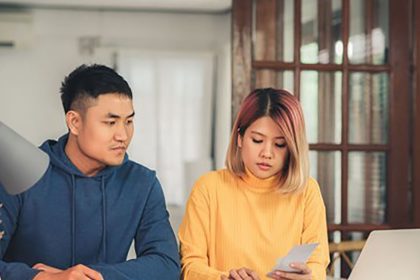Parents.com has heard that public school teachers across the country are being offered a lot more money to teach kids privately during the pandemic. While it can mean potentially safer conditions for teachers, education advocates are concerned about what it means for low-income students.
By Tracy Collins Ortlieb
Irene Lo started her teaching career in 1995 in the leafy suburbs of Chicago’s North Shore. A longtime public elementary classroom teacher, she later transitioned to a science facilitator, writing curriculum and training fellow teachers in best practices. She eventually returned to the classroom as a regular substitute teacher.
But when the coronavirus lockdown began in her district last March, Lo wondered if her substitute teaching days were behind her. Instead, she found herself on the receiving end of multiple lucrative offers as a private teacher.
“I had a parent reach out and offer loads of money just to proctor 10 kids in an office they’d rented,” says Lo. “But I wasn’t interested in proctoring; I love to teach, and that’s how I found my pods.”
When school districts opened this year, some families gravitated toward a quickly-orgazined model of “parent-organized discovery sites” (pods) in which families—typically those within the same socioeconomic circles—merge their children together in small groups for socialization or to share a learning space. The concept is appealing to busy parents, exhausted by a spring spent working from home while simultaneously supervising their own children’s e-learning. Frequently employing certified educators familiar with a district’s curriculum, some independent pods exist solely as a supplement to a district’s online teaching, while others may operate more like independent microschools. And these pods aren’t cheap: ones in New York and California can cost about $2,500 a child per month.
But critics are growing concerned about the poaching of public school teachers for closed-off learning groups, a trend that is taking place across the country, including in New York City where there is already a staffing shortage. They say it will exacerbate the achievement gap, driving already-lean funding for public schools into deeper poverty.
Teacher Health Concerns
Notably underpaid and underappreciated, teachers are discovering more pandemic-fueled work options as demand for educators in pods, microschools, and in-person and online charter schools continues to grow. As teachers are equally fearful of catching the virus, the pod and microschool model appeals to educators who might otherwise be in the classroom as a safer option—and a more lucrative one.
Christy Kian of South Florida had been a private school elementary teacher until late last year. After her district’s March lockdown, the families of former students reached out to her to guide their children’s online learning at a higher rate than her previous salary. By virtually guiding one family’s remote learning each morning and a second family’s pod in their “home classroom” each afternoon, Kian sees pod instruction as the safest current model.
“I feel much safer than I would in a classroom,” says Kian. “We do hand sanitizing, masks, and all the families pledge to stay safe—no restaurants, no play dates except with each other.”
Kian spent the summer aligning state standards with the children’s interests, “which is so freeing as a teacher, so the curriculum is driven by the kids and not state testing.”
In one family’s bedroom-turned-classroom, whiteboards line walls and there are abundant teaching materials. “It’s honestly the nicest classroom I’ve ever taught in, and I’m provided everything I need,” she says. “And the kids say it’s the best school they’ve ever been in. There’s a comfort level [to school taking place in their home], but I’m still the teacher—there are no toys allowed in class, and we always sit and listen.”
After being exposed to COVID-19 in July, former Dallas Independent School District public school teacher Andrea Bazeman announced she would no longer return to the classroom, opting instead to teach private students virtually. “I need to take charge of my own health.” Bazeman told WFAA, a local news station. “I don’t know how long this is going to last.”
A Bump in Pay
While teaching salaries have always varied from state to state, the average salary for a public school teacher in the U.S. was $61,730 for the 2018-2019 school year, according to Department of Education data. And while that number has increased throughout the years, average salaries when adjusted for inflation are actually 1.3 percent lower than salaries were in the early 2000s, reports Business Insider. While hourly pay could shift depending on the frequency and type of teaching, pod or independent tutoring provides a temporary solution for those who don’t feel comfortable going back into a classroom setting.
Earlier this summer, Bay Area tech investor Jason Calacanis—a venture capitalist for companies including ride-sharing firm Uber and relaxation app Calm—tweeted a job listing offering details of his search: “Looking for the best 4-6th grade teacher in Bay Area who wants a 1-year contract, that will beat whatever they are getting paid.” Calacanis added a finder’s fee of a $2,000 Uber Eats gift card.
Calacanis later tweeted teachers hired for these pods could receive as much as $240 a day for a 10-student pod for six hours, and that the instruction kids would receive would be supplemental to the remote learning provided by schools.
In July, Colleen Ganjian, an education consultant who works with high schoolers in the Washington D.C. area, told the Washington Post that families in her network were seeking an equivalent to a “nanny share on steroids.” Ganjian noted that prices start at $25 to $30 per hour for a college or graduate student, and $50 to $100 per hour for a trained tutor. As for poaching a teacher from a public school? She said that could cost as much as $100,000 a year.
Equity Concerns
In New York City, Aleta LaFargue is managing her 7-year-old’s remote learning from a public elementary school while staging a campaign run for District 3 of the city council. During one Zoom class, LaFargue noticed another student was being assisted not by a parent, but by a hired teacher.
“And I thought, ‘Wow, how nice,'” she says. “I know people in the Hamptons having actual classroom teachers coming to their homes. But I’m a single mom—this isn’t an option for my child, or for the children of many, many other New Yorkers.”
Nearly 73 percent of the city’s public school students are low-income, according to the state’s Department of Education.
Already, pods are a divisive trend. LaFargue is concerned that pods will become more widespread, plucking children—and the education funding attached to them—from an already strapped public education system and prompting backlash. Pods, she warns, only further open the door to more inequity and segregation.
“Depriving a child from a quality education is ensuring they remain in poverty, and that’s a violent act,” argues LaFargue. “We’re preventing people from being able to work because they have no child care—so that’s already taking money out of the household—and now you’re setting these kids up for future poverty. If you’re in a depressed neighborhood, those schools are already in so much jeopardy without taking away further resources.”
It’s no doubt a difficult decision for parents, but urging school districts to make conditions better for teachers can make a difference. See if your local school is accepting donations of supplies like personal protective equipment and call your local representatives to urge them to ensure your schools are well-resourced.
Published at Parents




